Trivia question for May-24-2011
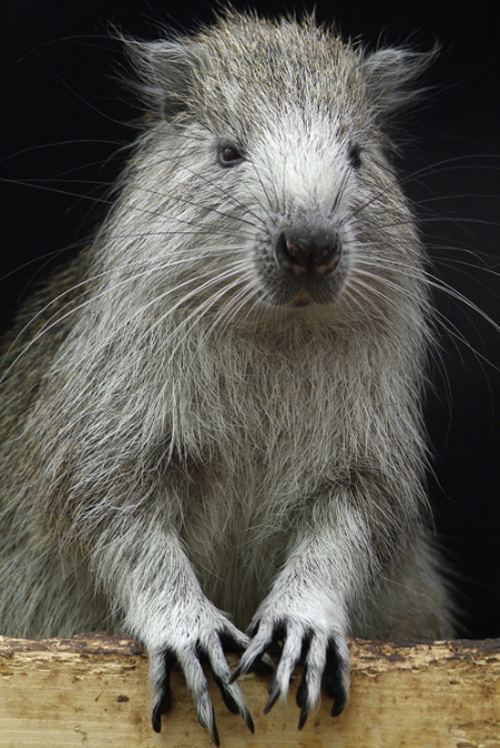
These guys normally live in pairs, but can be found individually or in small groups. They are diurnal and do not burrow, so during the night they rest in hollows in rocks or trees.
Trivia question for May-23-2011

These mammals inhabit the canopy of rain forests in tropical Africa, from Guinea to Kenya and Uganda into the north of the Democratic Republic of Congo. They are nocturnal and arboreal, sleeping during the day in the leaves.
Trivia question for May-22-2011
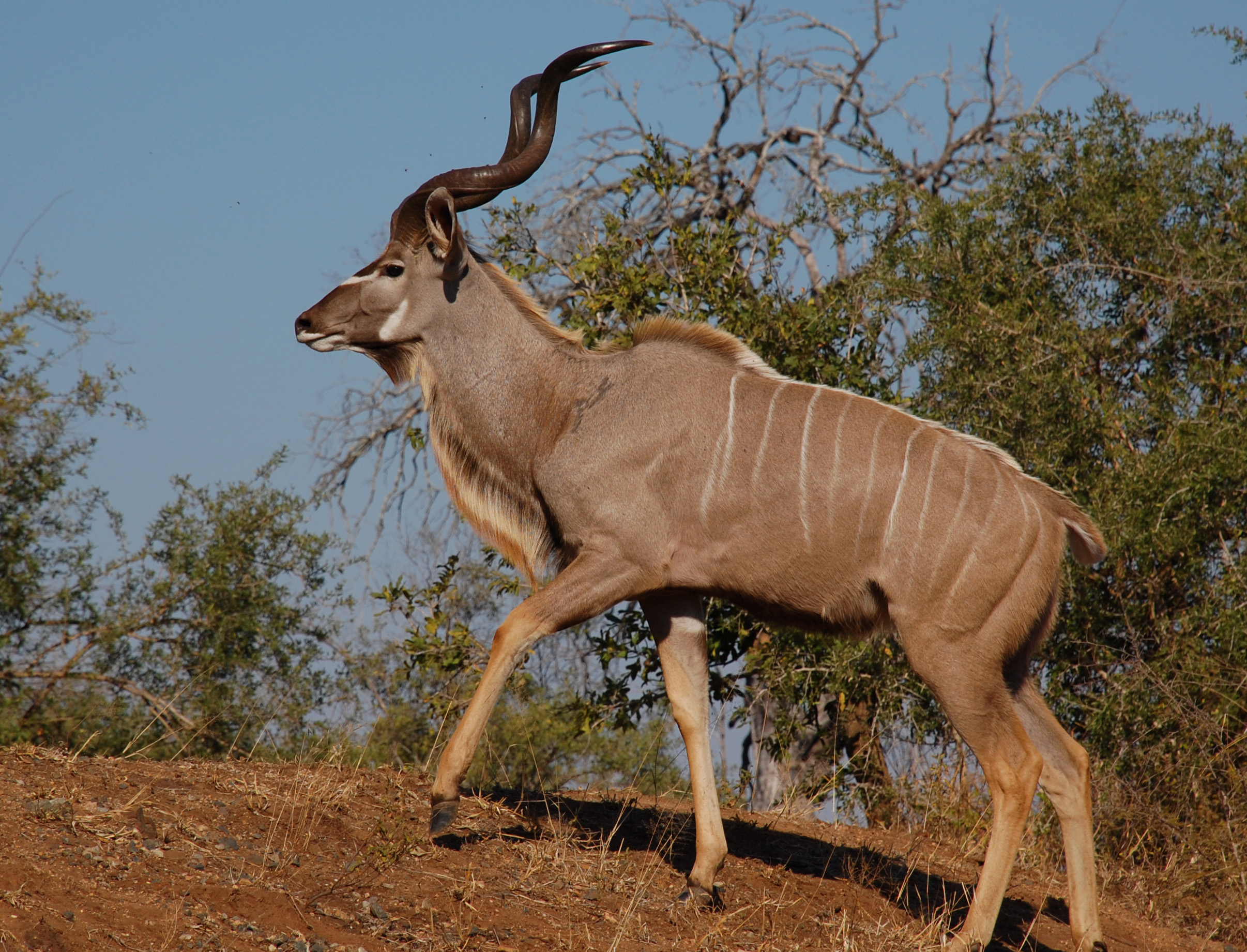
Predators of this species generally consist of lions, leopards and hunting dogs. Although cheetahs also prey on them, they are unable to bring down a mature male, so usually go for the more vulnerable females and offspring.
Trivia question for May-21-2011
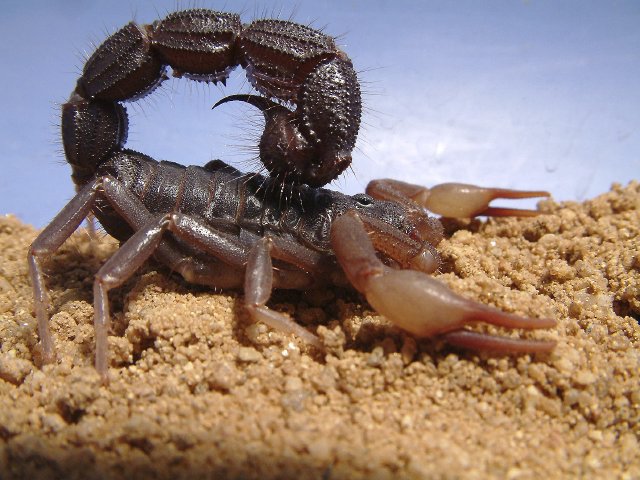
This is one of 50 scorpions that are a danger to humans; venom can kill by paralyzing heart muscles. They use their stinger in its tail to paralyze struggling prey as well as for defense against predators.
Trivia question for May-20-2011
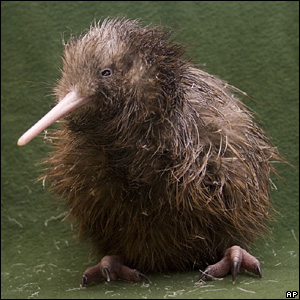
There are five recognized species, all of which are endangered; all species have been adversely affected by historic deforestation but currently large areas of their forest habitat are well protected in reserves and national parks. At present, the greatest threat to their survival is predation by invasive mammalian predators.
Trivia question for May-19-2011
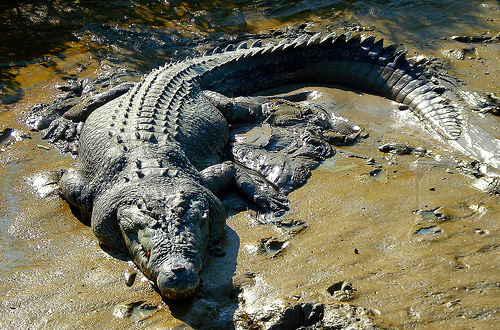
These guys are opportunistic apex predators capable of taking nearly any animal that enters its territory, either in the water or on dry land. They are known to attack humans who enter the crocodiles’ territory.
Trivia question for May-18-2011
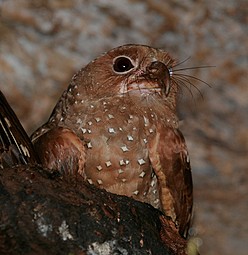
They are nocturnal feeders on the fruits of the Oil Palm and tropical laurels. Their nest is a heap of droppings, usually above water – either a stream or the sea, on which 2-4 glossy white eggs are laid which soon become stained brown.
Trivia question for May-17-2011
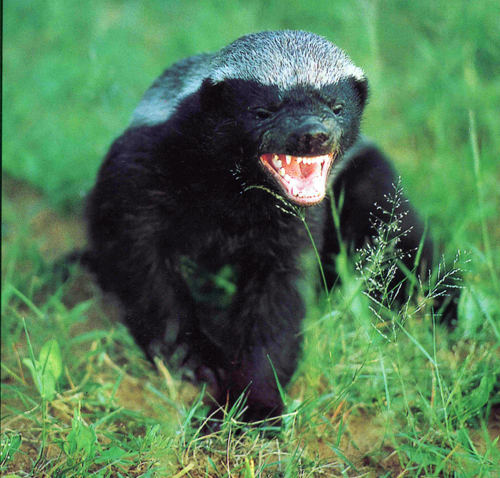
Although mostly solitary, these guys may hunt together in pairs during the May breeding season. Little is known of their breeding habits. It is thought that its gestation period lasts six months, usually resulting in two cubs, which are born blind.
Trivia question for May-16-2011

Their loud calls are far out of proportion to its small body size. They are widely distributed in the forests of Central and South America, from Panama south to Paraguay and northern Argentina.
Trivia question for May-15-2011
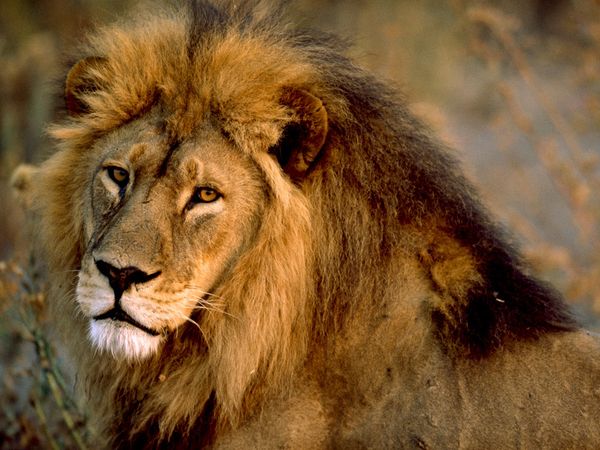
Lion populations are declining fast. Although the cause of the decline is not fully understood, habitat loss and conflicts with humans are currently the greatest causes of concern. Competition from humans for grasslands has led to a drastic reduction in some areas.
Trivia question for May-14-2011

Agile climbers, they can fall up to 50 feet and land unhurt. They use their hind leg claws to clasp leaves and branches to break a fall.
Trivia question for May-13-2011

These are bottom-dwelling fishes, mostly found on the continental slope at depths between 660 ft and 3,300 ft. However, some New World genera live in much shallower coastal waters and river estuaries.
Trivia question for May-12-2011

The species is currently endemic to the Western Pale-arctic region in Europe and northwest Africa. It is a rare species which is resident in the milder parts of its range
Trivia question for May-11-2011
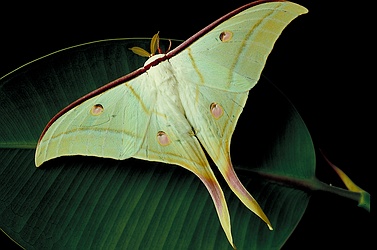
This species is popular among amateur entomologists and is often reared from eggs or cocoons that are available from commercial sources. They are also known to fly mainly at night.
Trivia question for May-10-2011
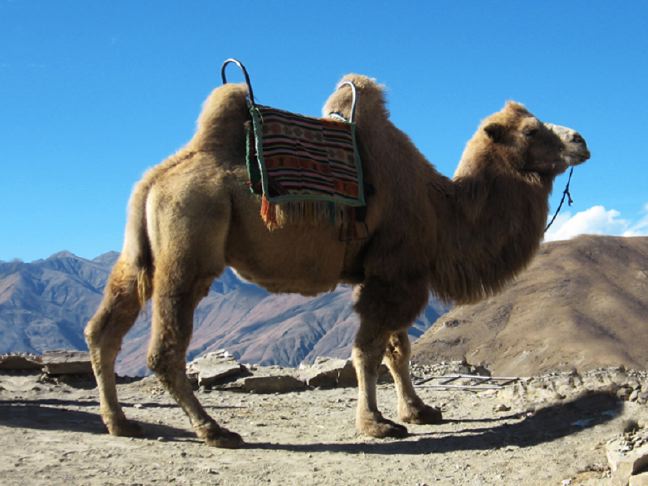
One of the major differences between domesticated and wild camels of this species is the ability of these wild camels to drink saltwater slush, although it is not yet certain the camel can extract useful water from it. Domesticated camels do not attempt to drink salt water, though the reason is unknown

